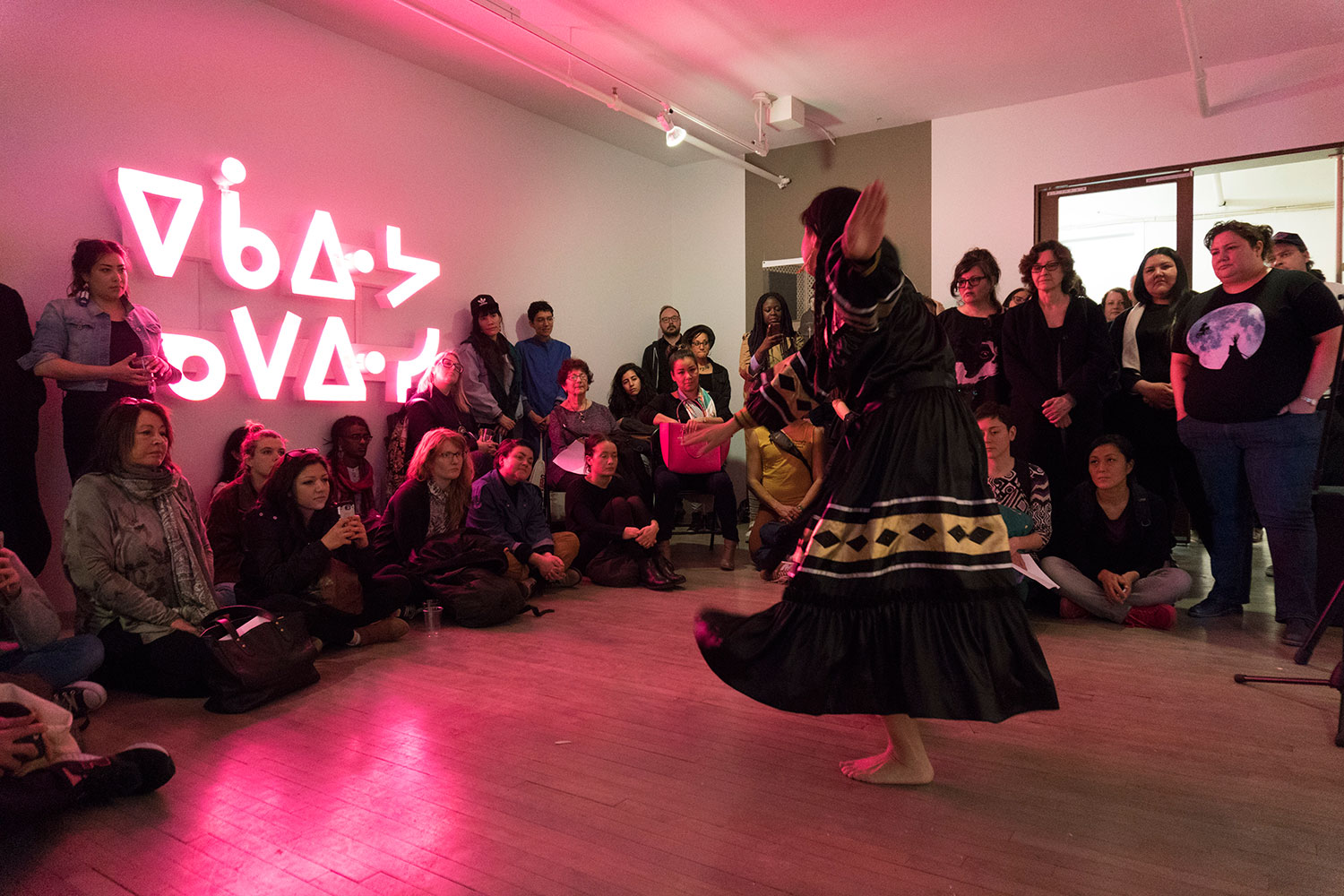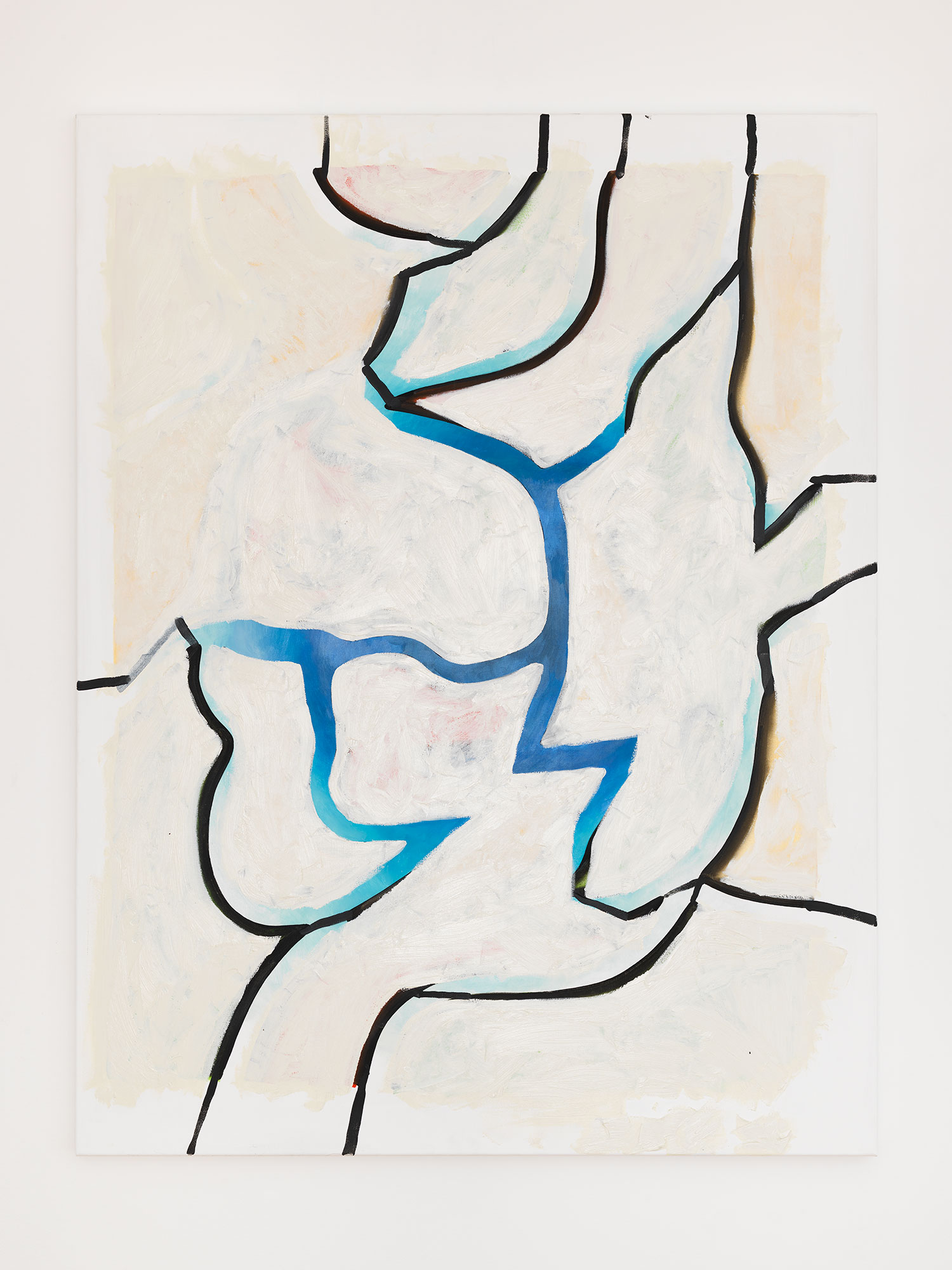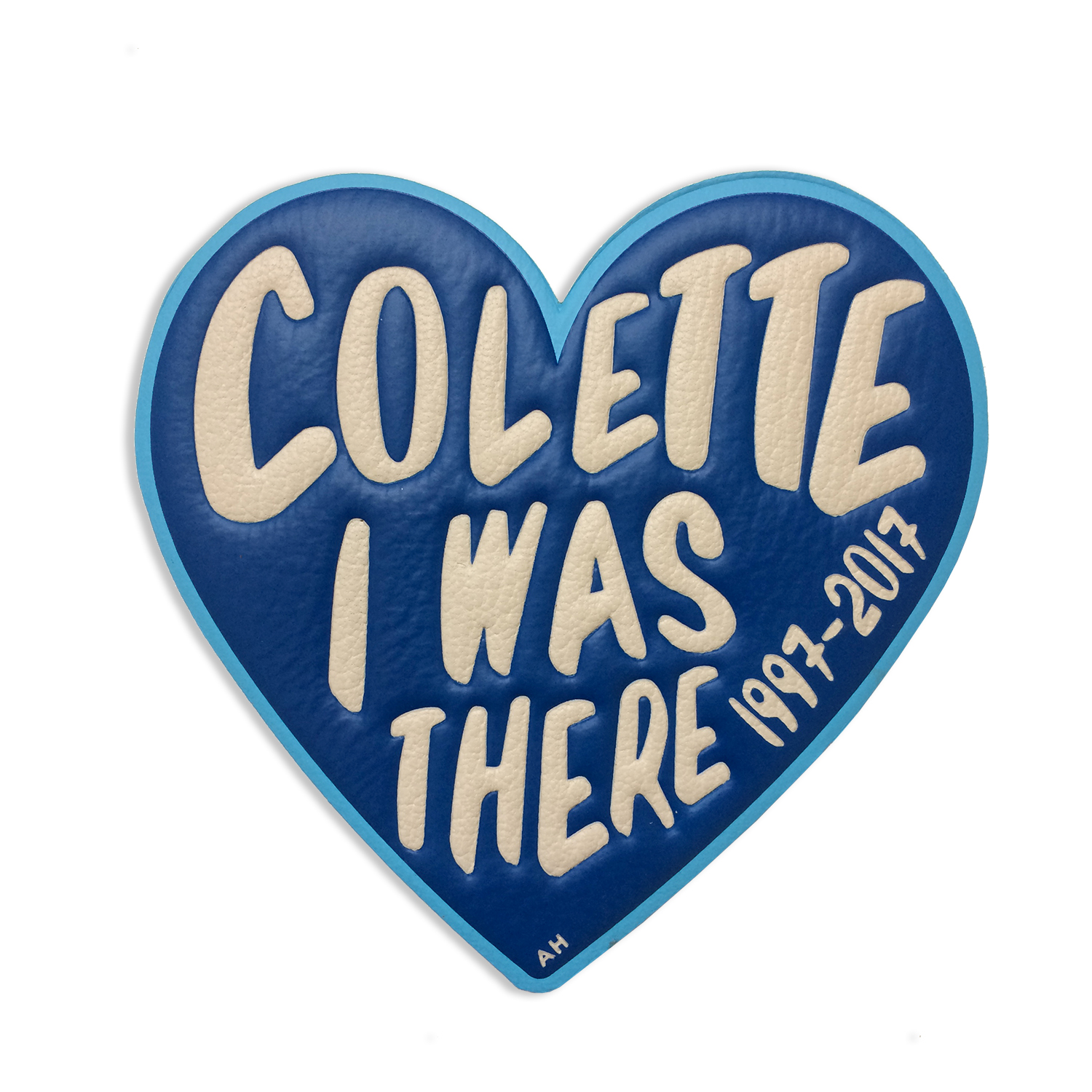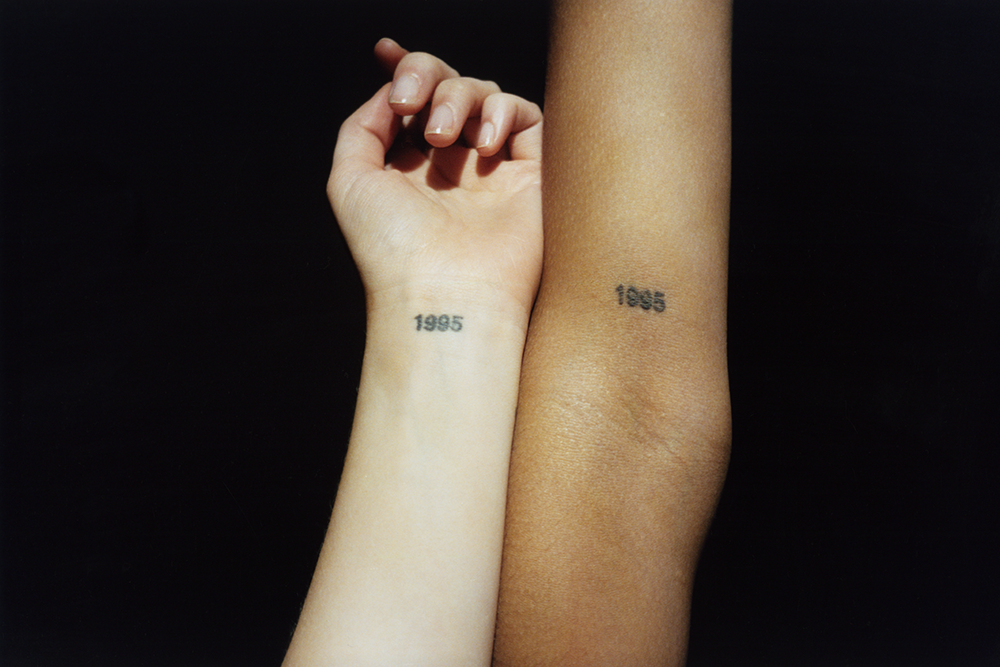
The debut Telfar collection in 2005 featured hoodies sutured into quasi-ponchos, cardigans truncated into near-crop-tops, and drawstring sweatpants elevated into a perverse skinny jean. Since then, the label’s Liberian American designer, Telfar Clemens, has faithfully evolved this trope of twisting articles of contemporary uniform into hybrid versions of each other. He has never failed to produce a collection that is as wearable as it is conceptual, and last November he won the CFDA/Vogue Fashion Fund’s $400,000 prize for an emerging designer.
As a CFDA nominee this fall, Clemens gave an interview to Refinery29 in which he named several of his favorite designers and brands: Vivienne Westwood, Jean-Paul Gaultier, Yohji Yamamoto, Commes des Garçons, International Male, Levi’s, Diesel. He added, “If you’re a brand and you have an aesthetic that’s an actual thing, I love you. A mass aesthetic means something.”[i]
The interviewer, who pronounced the twist-inclined designer “the new Martin Margiela” in their introduction, asked why that name was missing from his list. Clemens explained that his teenage self wasn’t particularly aware of the influential Belgian designer, nor was he intrigued by the pieces he came across at Century 21, the designer-discount department store in his native New York. “Oh, four stitches on the back, whatever!”
The two designers represent different universes, but both are especially fastidious in their divergent approaches to branding. While a 2009 Business of Fashion article described Margiela as a “cult of invisibility,”[ii] Telfar’s brand theology is all about being blithely conspicuous.

Take TELFAR: RETROSPECTIVE, an exhibition featured in the 9th Berlin Biennale. The project was curated by DIS — contemporaries, friends and familial collaborators of Clemens — whose creative productions are well known for pushing a conceit into the uncanny valley where maximally polished commodification blurs into poetic absurdity. The notion put forward by this kaleidoscopic “retrospective” was that Clemens the person and Telfar the brand share the same DNA. A statement for the show describes how the designer positions himself “somewhere between a mascot and a decoy.”[iii] The exhibition included a family portrait, photographs of more than twenty family members modeling Telfar clothing, and an array of mannequins of different shapes and sizes, all bearing Clemens’s ever-beaming face.
For another taste, visit telfar.net. Before you see any clothes, there’s a full-screen diptych of two faces: Clemens’s and that of an anonymous model. One smiles widely as the other’s lips purse stoically. Then they trade expressions, and trade back, and switch again and again, in a perpetual, slightly goofy, digital seesaw motion. Click on “About” and an animated GIF of Clemens is superimposed below the nav bar, clapping and styled in 1990s fashion-designer drag (i.e., fitted blue jeans, loafers and a white T-shirt).
While Clemens exploits his own image to illustrate the Telfar brand, curiously, the Telfar logo — a T enclosed by a C, designed by Clemens’s ESL teacher when he returned to New York from Liberia as a kid — is used much more sparingly. This is a striking divergence from the widely discussed logomania of Hood By Air, the line (now on hiatus) designed by Clemens’s friend Shayne Oliver, or from other more utilitarian streetwear lines. A perpetual underdog until recently, Telfar has maintained a conceptual bravado that resists overinvesting in a popularized graphic trademark.

In 2007 the “TC” logo became available to own in the form of an earring. It was not emblazoned on garments until 2012, when T-shirts in the UN.DER T line were stamped with “TC 2012.” The Telfar Shopping Bag — a glossy leather rendition of a Bloomingdales paper tote produced in small, medium and large sizes and embossed with a big “TC” on the side — was introduced in the A/W 2014 collection “Extremely Normal™.” The only Telfar items that graphically advertise themselves as such are missing the cuts, ties and other interventions for which the line is known. The branded pieces are pure and basic: athletic shirts and minimal accessories that host “TC” as an ontological insignia.
What does it mean to be a Telfar product? Or to wear one? The shirt Clemens wore to the “Extremely Normal™” show offered a cryptic suggestion. Beneath the “TC” logo, “CUSTOMER” was printed in block letters. Now a mass-produced staple of the line, the “customer T-shirt” was originally reserved for Telfar collaborators, staff and models, seemingly mislabeling them as agents who belong on the other side of the counter.
While corporations speak of “core competencies” as building blocks of successful brands, Telfar is more interested in “core contradictions,” and refers to them as such. A recurring contradiction is “individuality.” As the Telfar avatar claps on the company website’s About page, the pithy copy adjacent reads: “Telfar is a unisex line Est in 2005 in NYC by Telfar Clemens and sold internationally. It’s not for you — it’s for everyone.”
The brand philosophizes about itself in press releases, interviews and other external communications. Much of this is devised in collaboration with Babak Radboy, a creative polymath who, like Clemens, seems fascinated by the grail of gaming mass culture to the point of true subversion: “The actual clothes in the Telfar line,” says Radboy, “are so forward-thinking and without reference that we basically ignore them in how we present the brand. Instead, the Telfar brand speaks in the language of the mainstream — resulting in an ever-more-viable business which is paradoxically more avant-garde for its very conformity.”

A capsule collection for White Castle, the iconic mid-Atlantic hamburger chain, launched this past fall, and it capitalizes on this notion of conformity as an avenue for radicalism. Various White Castles have been the site of Telfar fashion-week parties for years. Now Clemens has designed a new, genderless company uniform being used at more than four hundred locations by more than ten thousand employees. The capsule collection, featuring a half dozen tops and hats derived from the new uniform (but with a TC replacing the C in Castle, and other abstractions), is being sold to benefit the Robert F. Kennedy Human Rights LIBERTY AND JUSTICE fund, which gathers bail to post for minors being detained on Rikers Island.
The opening party for the capsule collection had been planned for the White Castle in Lefrak City, Queens, near where Clemens grew up and still lives, but the event was cancelled at the last minute by the 110th Precinct and moved to a permitted event space in East Williamsburg. The police insisted, among other claims, that the rapper Camron, who had been booked as a surprise musical act for the party, had ties to gangs that made the event into a public safety concern.
A frequently discussed point of Telfar’s CFDA win is that the line has been making gender-neutral clothes for a decade before it was a trend, demonstrating how uniquely trend-agnostic Clemens is. “He’s the only designer who doesn’t notice or care about what other designers are doing,” Stefano Pilati once told Dazed and Confused.[iv] Telfar has always been for everyone, but only now has everyone become for Telfar like this.
Whereas minting a progressive view of gender as a trend is inherently cynical, normal-ness, on the other hand, was a legitimate fad a couple of years ago. Telfar was not a part of the story when the term “normcore” virally proliferated just a few weeks after the “Extremely Normal™” A/W 2014 show at the New Museum. Telfar clothing resonates neither with the Jerry Seinfeld figure of normcore popularized by New York Magazine, nor the meaning intended by the collective K-Hole, which had more to do with adaptability and averageness than a notably consistent look. Telfar’s version of normal is more about supreme basicness. The shoulder half-tank that pulls the macho straps of an A-shirt into an over-the-shoulder zag is not just an original shirt; it’s a staple — not of the society whose remnants we live in today as customers, but of a better one organized around mass freedom.




